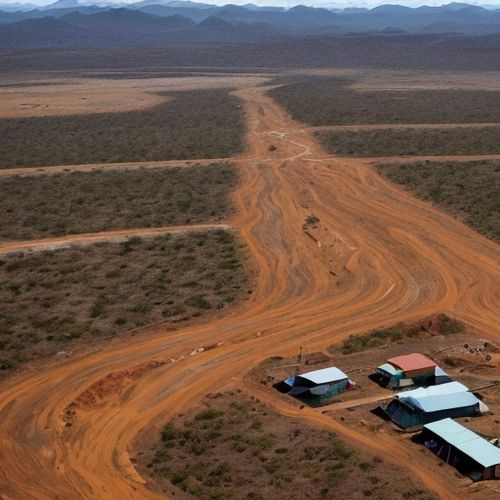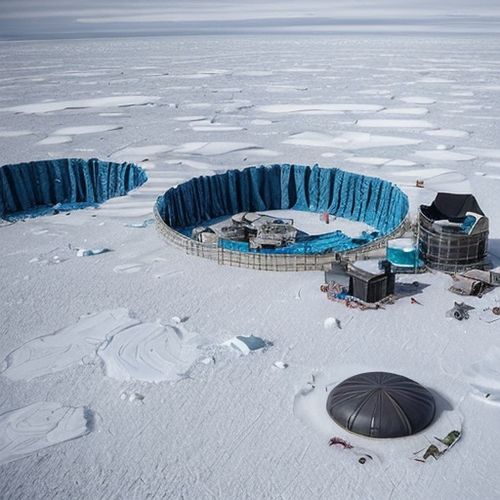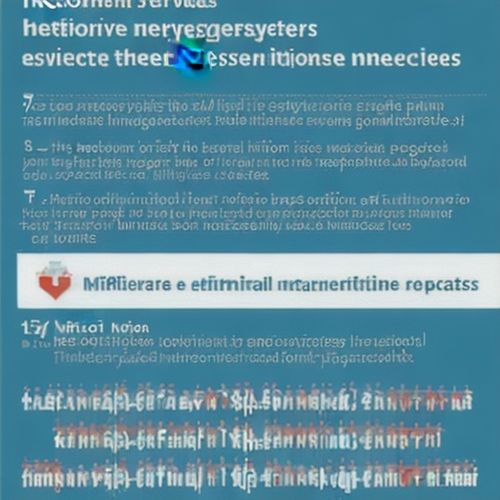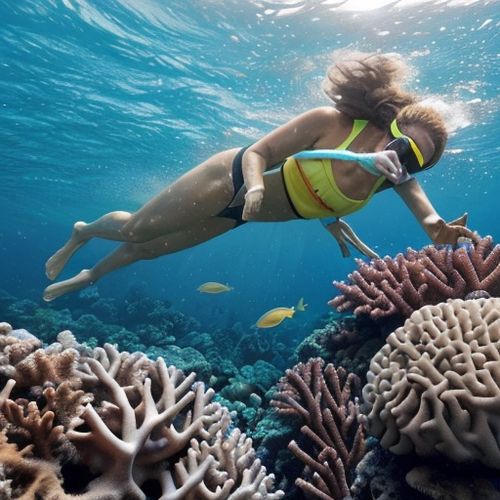The Australian coastline, home to the world’s largest coral reef system, faces an unexpected threat lurking in beach bags and bathroom shelves: sunscreen. While slathering on SPF protection is second nature to sun-conscious Australians, growing scientific evidence suggests that certain chemical filters in these products may contribute to coral reef degradation. The issue has sparked a national conversation about reef-safe sun protection, with consumers, researchers, and policymakers grappling with how to balance skin cancer prevention with marine conservation.
Recent studies have identified oxybenzone and octinoxate – two common UV-filtering chemicals found in many mainstream sunscreens – as potential coral stressors. These compounds, even in minute concentrations equivalent to a drop of water in an Olympic-sized swimming pool, have been shown to cause coral bleaching, DNA damage in marine organisms, and disruptions to coral reproduction. For a nation where 85% of the population lives within 50 kilometers of the coast, these findings hit particularly close to home. The Great Barrier Reef, already under siege from climate change and coastal development, may be facing yet another anthropogenic stressor washing off the bodies of well-meaning snorkelers and beachgoers.
The Australian government has taken notice, with the Great Barrier Reef Marine Park Authority issuing guidelines recommending mineral-based sunscreens containing non-nano zinc oxide or titanium dioxide as safer alternatives. Unlike their chemical counterparts, these physical blockers sit on top of the skin rather than being absorbed, and appear to pose significantly less risk to marine ecosystems. Several Australian sunscreen brands have reformulated their products to meet these emerging environmental standards, though the transition hasn’t been without challenges in terms of texture, application, and consumer acceptance.
Marine biologists emphasize that sunscreen chemicals represent just one piece of a much larger puzzle threatening coral resilience. While eliminating reef-harming sunscreens won’t single-handedly save the Great Barrier Reef, it represents a relatively simple behavioral change that millions of Australians can adopt to reduce their environmental footprint. The cumulative effect of millions of daily sunscreen applications entering coastal waters through swimming, showering, and wastewater systems creates what scientists term "chronic low-level exposure" – a persistent assault on marine microorganisms that form the foundation of reef ecosystems.
Consumer awareness campaigns have gained momentum across Australian coastal communities, with dive shops, tour operators, and even some pharmacies now prominently displaying "reef-safe" sunscreen options. The movement has drawn comparisons to plastic bag bans and reef tax initiatives – small but meaningful steps toward environmental stewardship. However, confusion persists in the marketplace, as terms like "reef-friendly" remain unregulated, allowing some products to make questionable claims. Environmental groups are pushing for standardized labeling and stricter regulations to prevent greenwashing in the sunscreen aisle.
The sunscreen dilemma encapsulates a broader tension between personal health and environmental protection. Australia has the highest skin cancer rates in the world, making sun protection non-negotiable for public health. Dermatologists caution against abandoning sunscreen altogether, noting that the skin cancer prevention benefits far outweigh unproven environmental risks for most users. The solution, they argue, lies in smarter product formulations and application methods rather than sunscreen avoidance. Wearing UV-protective clothing and seeking shade during peak hours can also reduce the amount of sunscreen needed, creating a win-win for both skin and sea.
Innovation in sun protection technology may eventually resolve this conflict. Australian researchers are developing next-generation sunscreen filters that combine human and environmental safety, while some companies are experimenting with biodegradable packaging to address the plastic waste that also threatens marine life. The Australian sunscreen industry, valued at over $300 million annually, finds itself at a crossroads between business-as-usual and embracing its role as an environmental steward. How this plays out could set a precedent for other coastal nations grappling with similar issues.
As the southern hemisphere summer approaches, Australian beaches will once again fill with sun-seekers armed with sunscreen bottles. The choices they make in the sunscreen aisle now carry unexpected ecological consequences. While no single solution will address all the threats facing coral reefs, the growing reef-safe sunscreen movement represents a tangible way for individuals to align their sun protection routines with environmental values. In a country where the beach forms such an integral part of national identity, protecting both skin and sea may ultimately prove to be two sides of the same coin.

By Grace Cox/Apr 14, 2025

By Emma Thompson/Apr 14, 2025

By Daniel Scott/Apr 14, 2025

By Rebecca Stewart/Apr 14, 2025

By Emily Johnson/Apr 14, 2025

By Megan Clark/Apr 14, 2025

By Emma Thompson/Apr 14, 2025

By Grace Cox/Apr 14, 2025

By Christopher Harris/Apr 14, 2025

By Joshua Howard/Apr 14, 2025

By Noah Bell/Apr 14, 2025

By Grace Cox/Apr 14, 2025

By Joshua Howard/Apr 14, 2025

By Victoria Gonzalez/Apr 14, 2025

By Grace Cox/Apr 14, 2025

By Christopher Harris/Apr 14, 2025

By Lily Simpson/Apr 14, 2025

By Laura Wilson/Apr 14, 2025

By Michael Brown/Apr 14, 2025

By Noah Bell/Apr 14, 2025